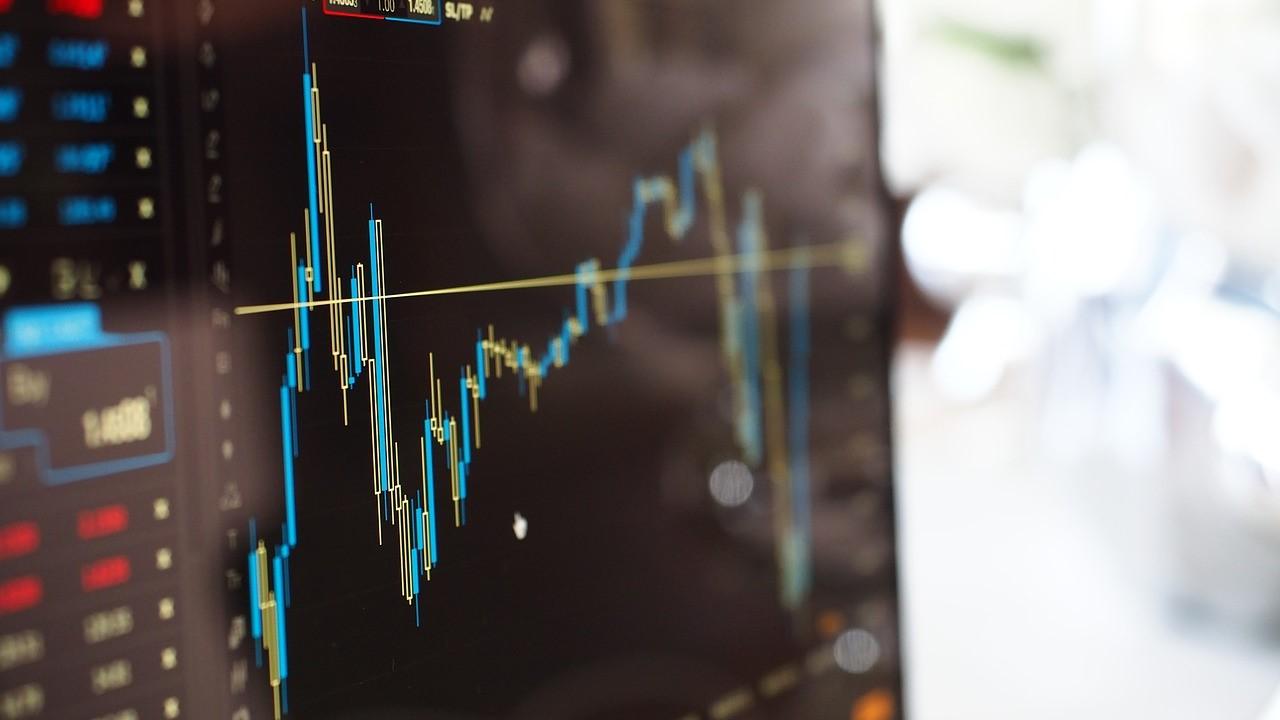Election, Stimulus, or Rising Infections — What’s Driving Market Volatility?
The ProShares Ultra VIX Short-Term Futures ETF (UVXY) spiked 13.6 percent on Oct. 26. Why is UVXY going up and what's the outlook?
Oct. 27 2020, Updated 9:27 a.m. ET

The ProShares Ultra VIX Short-Term Futures ETF (UVXY) spiked 13.6 percent on Oct. 26. The ETF captures the movement in the VIX Index, which measures stock market volatility. Why is UVXY going up and what can investors expect in the near term?

What is the VIX Index?
VIX is a market index that was created by the Chicago Board Options Exchange. It measures what the market expects from volatility over the next 30 days. In simple terms, VIX is a tool to measure the volatility in the stock markets. The VIX Index is also known as the “Volatility Index,” “Fear Gauge,” and “Fear Index.”
The VIX Index spiked to its all-time highs in March 2020 due to uncertainty amid the COVID-19 pandemic. In March, movements of 1,000 points in the Dow Jones Index became an almost daily event. The volatility was unprecedented in the U.S. stock markets even during the Global Financial Crisis.
About the VIX ETF
According to ETFdb, 32 ETFs are based on the VIX Index. With an average volume of 36,861,156, UVXY is the most liquid ETF in the category. ETFs with higher liquidity are usually better because the impact cost and bid-ask spreads are lower.
How does UVXY function?
UVXY takes a 1.5x leveraged position on the S&P 500 VIX Short-Term Futures Index. In a leveraged ETF, the gains are higher when the underlying index goes up. However, if the underlying index falls, the losses in ETFs are also amplified in proportion to its leverage. The ETF has an expense ratio of 0.95 percent.
Why did UVXY rise yesterday?
The UVXY rose 13.6 percent on Oct. 26, which was its biggest intra-day spike since September. U.S. stock markets crashed on Oct. 26, which led to the spike in the VIX Index. The S&P 500 Index fell 1.86 percent on Oct. 26, while the Dow Jones Industrial Average fell 2.3 percent.
Concerns about rising COVID-19 infections in Europe and the U.S. triggered a sell-off in stock markets on Oct. 26. Some European countries have imposed lockdowns again due to rising coronavirus infections. To make the matters worse, stimulus talks between Republicans and Democrats have stalled. There probably won't be a stimulus before the U.S. elections next week.
The VIX could remain elevated over the next few days as markets brace for the U.S. elections. This week, mega-cap companies like Microsoft, Apple, Amazon, Alphabet, and Facebook are also releasing their earnings. Given their high weightage in the S&P 500 Index, we could see higher volatility around their earnings release.
UVXY is lower in premarket today
UVXY was trading over 2 percent lower at $18.49 in premarket on Tuesday, Oct. 27. The stock market futures point to some stability after the crash on Oct. 26. The ETF has a 52-week trading range of $10.40–$135 and is up 47 percent for the year.
